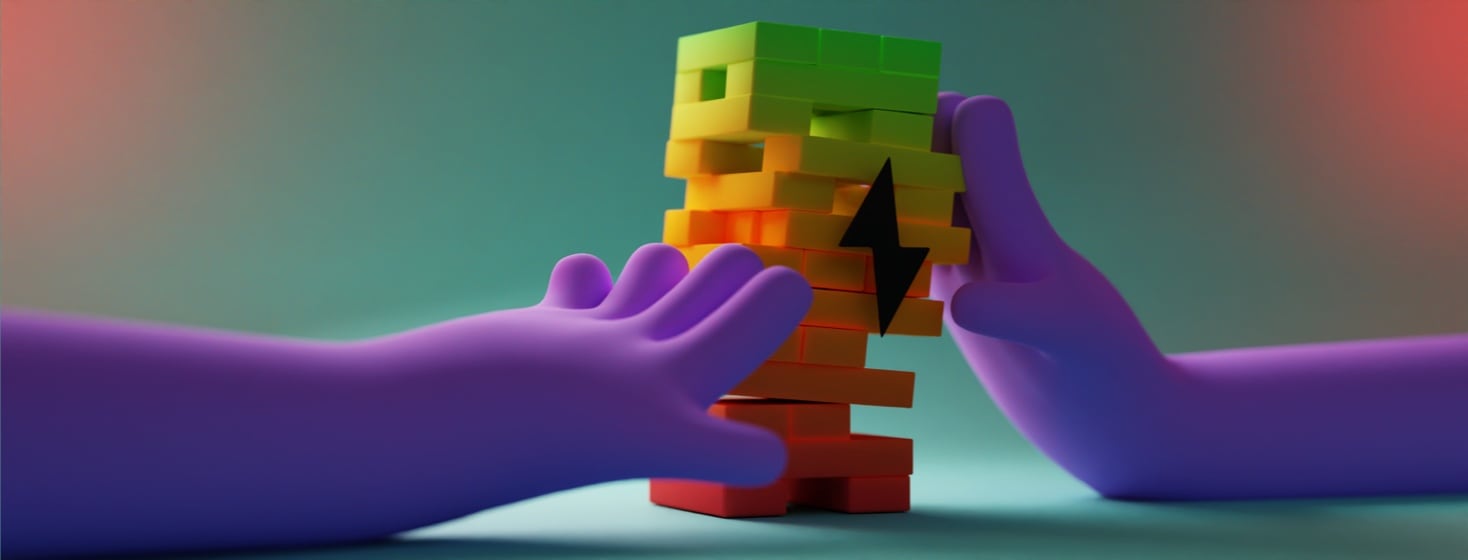Still Slogging Along
Told you I’d be back! I recently wrote about fatigue, one of several rheumatoid disease (arthritis) symptoms.
It runs with joint pain, chronic low fevers, and feeling puny - my sister’s word for feeling vaguely ill and wanting to just curl up, isolate, and sob to yourself quietly.
RA fatigue is different
Since fatigue was a recent, out-of-the-blue symptom for me, it pretty much whomped me for about a week.
I also had my usual joint pain, which the rheuma-dragon decided to amplify. (Imagine turning up the volume on your TV until the windows rattle.)
Although I’d written about fatigue as an RD symptom, I’d rarely experienced it. I was desperate to find out what in the world was going on in my body.
The rheuma-dragon gnawing on my knuckles and knees is familiar, if always unpleasant. But fatigue was a new country, unexplored.
What is fatigue?
According to the U.S. National Library of Medicine, fatigue is "a feeling of weariness, tiredness, or lack of energy."1
Fatigue is different from drowsiness. Drowsiness is feeling the need to sleep. Fatigue is a lack of energy and motivation. Drowsiness and apathy (a feeling of not caring about what happens) can be symptoms that go along with fatigue.1
Yep. Been there, done that. But why is fatigue one of the most common symptoms associated with RD?
Why is RA fatigue so common?
According to a 2020 journal article by Dr. Janet E. Pope of Western University in Ontario, Canada, fatigue affects about three-quarters of RD patients.2
It’s most often associated with pain, which in turn causes stress and lack of sleep. Pope writes that fatigue is also associated with RD comorbidities (like Sjogren’s syndrome), obesity, and depression.2
The role of inflammation
But fatigue is also a result of inflammation. RD is an autoimmune disease, meaning that it mistakenly makes your bacteria-and-virus-hunting-and-killing antibodies go gonzo on your synovial tissues, too.
The synovial capsule around your joints cushions them and keeps the bone and surrounding tissues healthy. Your vital organs have synovial tissue, as well: the heart, lungs, kidneys, veins, and even the eyes may be affected.
The gonzo antibodies cause damage and inflammation. When that happens in a big enough way, not only do you have painful joints, you also start feeling - well - puny.
Just like when you’re fighting off a bad cold or the flu, your body slows down, trying to force you to rest while it puts all its energy toward fighting off the enemy virus.
But my knuckle is not a virus! Hah! Tell RD that! It doesn’t know and doesn’t care. RD is gonna RD.
5 RA fatigue managment tips
So what can I do to help myself get through this awful “feeling of weariness, tiredness, or lack of energy?”
1. Go out of your way to get some good sleep. Go to bed and get up at the same time each day. Make sure your room is cool, quiet, and dark. Turn off screens at least an hour before bedtime.
Avoid caffeine after 5 p.m. Consider taking a warm bath or shower before bed. Do anything you can do to help yourself sleep.32. Try exercising gently for at least 15 minutes a day. When your joints are flaring, simple stretching exercises will do. Maybe you can take a walk, or join a tai chi class.
When your joints aren’t hurting as much, consider longer, brisker walks, swimming, or more vigorous but still-gentle weight-bearing exercises. The stronger you are, the better you can cope with fatigue when it hits.3,43. Disease control. Your rheumatologist can prescribe RD medications that can slow down or even stop disease activity. Once that happens, and your RD is calmer or in remission, inflammation and pain won’t be such a bother. (Keep in mind that some RD meds, like methotrexate, can impact fatigue. You and your doctor should weigh this possible side effect against the good the drug can do in battling the disease).3,44. Treat depression if you think it’s an issue. It’s well known that depression can cause fatigue, tiredness, and a just all-over lack of engagement in life.
Consider talking to your primary care physician about what steps might be right for you: mental health approaches like cognitive behavioral or psychological therapy, or maybe certain medications.35. Eat mindfully. This includes portion control, sticking to non-processed, fresh, lean meats and fish, fruit and vegetables; turning your nose up at fattening, sugary snacks (except for special occasions); and paying attention to any connections between what you eat and the pain and fatigue you feel.3,4
So here’s what I’m gonna do. I’m working on my sleep hygiene. I’m doing my best to eat mindfully so I can drop some of that stubborn weight and keep my blood sugar under control. I’m walking as often as I can, even it’s just for 15 minutes, and I’ve added stretching to my morning routine. I’ve added another prescribed RD med. And I’m thinking hard on that depression issue.
Any questions out there? I’ll answer them if I can, and I promise to keep you posted on how I do.

Join the conversation